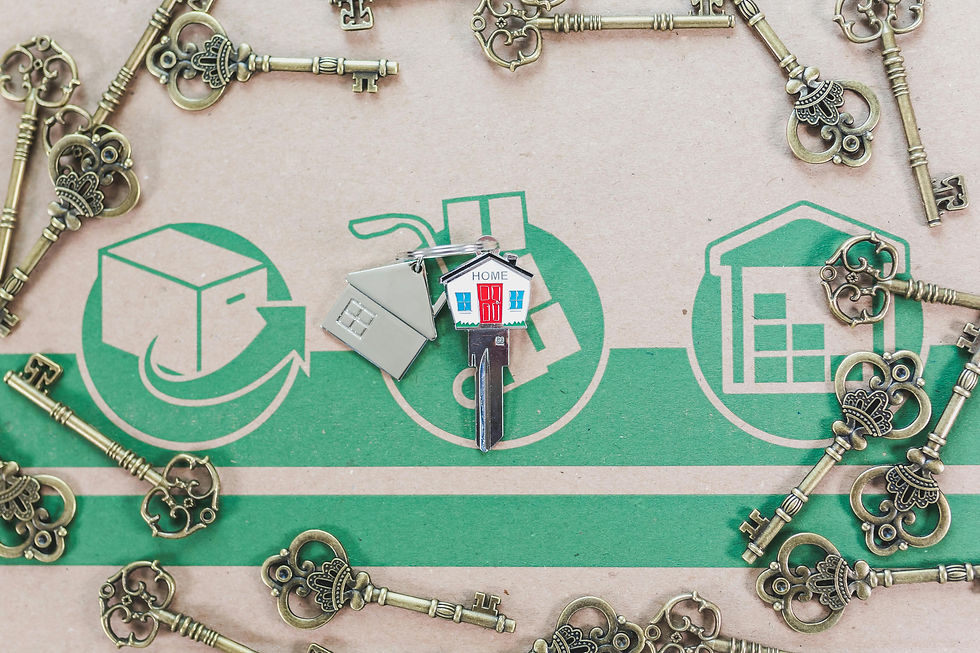Cash-on-Cash Return: The Must-Know Metric for NYC Real Estate Investors
- gary wang
- Jun 4
- 2 min read
📘 Why NYC Investors Must Know Their Cash-on-Cash Return
When evaluating potential properties in the NYC real estate market, flashy listing prices and rent estimates don’t tell the full story. What really matters is how much actual cash you’re making on the cash you invested—that’s where Cash-on-Cash Return (CoC) becomes essential.
Whether you're eyeing a 6-family in Ridgewood or a walk-up in Harlem, this simple metric helps you compare investment performance, especially when you’re using financing.
📊 What Is Cash-on-Cash Return?
Cash-on-Cash Return measures the annual pre-tax cash income you earn relative to the amount of actual cash you invested. It’s a real-world performance metric—not based on property appreciation or total value, but on cash flow from operations.
📐 Formula:
Cash-on-Cash Return = (Annual Pre-Tax Cash Flow / Total Cash Invested) x 100
Example:
You invest $200,000 in down payment and closing costs. The property gives you $12,000/year in pre-tax cash flow. → Cash-on-Cash Return = ($12,000 / $200,000) x 100 = 6%

🏙️ Why It Matters in NYC Real Estate
Unlike in other cities, cash-on-cash return in NYC is often lower because of higher upfront costs, property taxes, and strict regulation. That said, it’s still one of the best ways to:
Compare two property opportunities with different financing
Measure year-over-year performance
Decide if a property aligns with your cash flow goals
Gauge how quickly your capital is returning to you
📉 NYC Investor Reality:
In many NYC neighborhoods, CoC returns between 3% and 6% are common for stabilized, well-located multifamily properties. Higher returns (7–10%+) typically involve value-add, rent-stabilized repositioning, or properties in emerging submarkets.
🧾 What Counts as "Cash Invested"?
Your total cash investment includes:
Down payment
Closing costs
Renovation costs (if up-front)
Legal fees
Initial reserve deposits
This helps ensure your CoC return reflects actual cash out of your pocket.
🧠 Cash-on-Cash vs. ROI vs. Cap Rate
Metric | Measures | Includes Appreciation? | Focus |
CoC Return | Cash flow vs. cash invested | ❌ No | Real-time cash yield |
ROI | Profit vs. total investment | ✅ Yes | Overall investment success |
Cap Rate | NOI vs. purchase price | ❌ No | Property-only performance |
📌 Pro Tip: Use Cash-on-Cash for short-term decision-making, Cap Rate for property value analysis, and ROI for long-term returns.
🛠️ How to Improve Cash-on-Cash Return in NYC
Negotiate better financing terms to reduce monthly debt service
Increase rents where legally permissible (market-rate units)
Lower expenses through maintenance scheduling and energy upgrades
Refinance after appreciation to lower interest and extract equity
🏁 Cash-on-Cash Return Keeps You Grounded
In a complex and competitive market like New York City, Cash-on-Cash Return is a must-have metric for serious investors. It keeps you grounded in the real numbers—your actual profit from your actual investment.
Use it to screen deals, compare assets, and maximize every dollar you put into your portfolio.




Comments